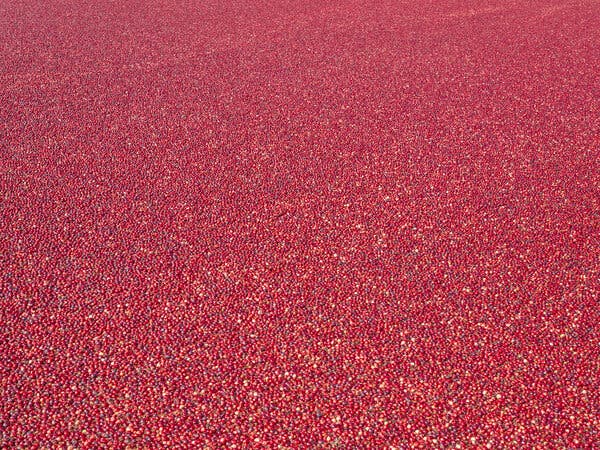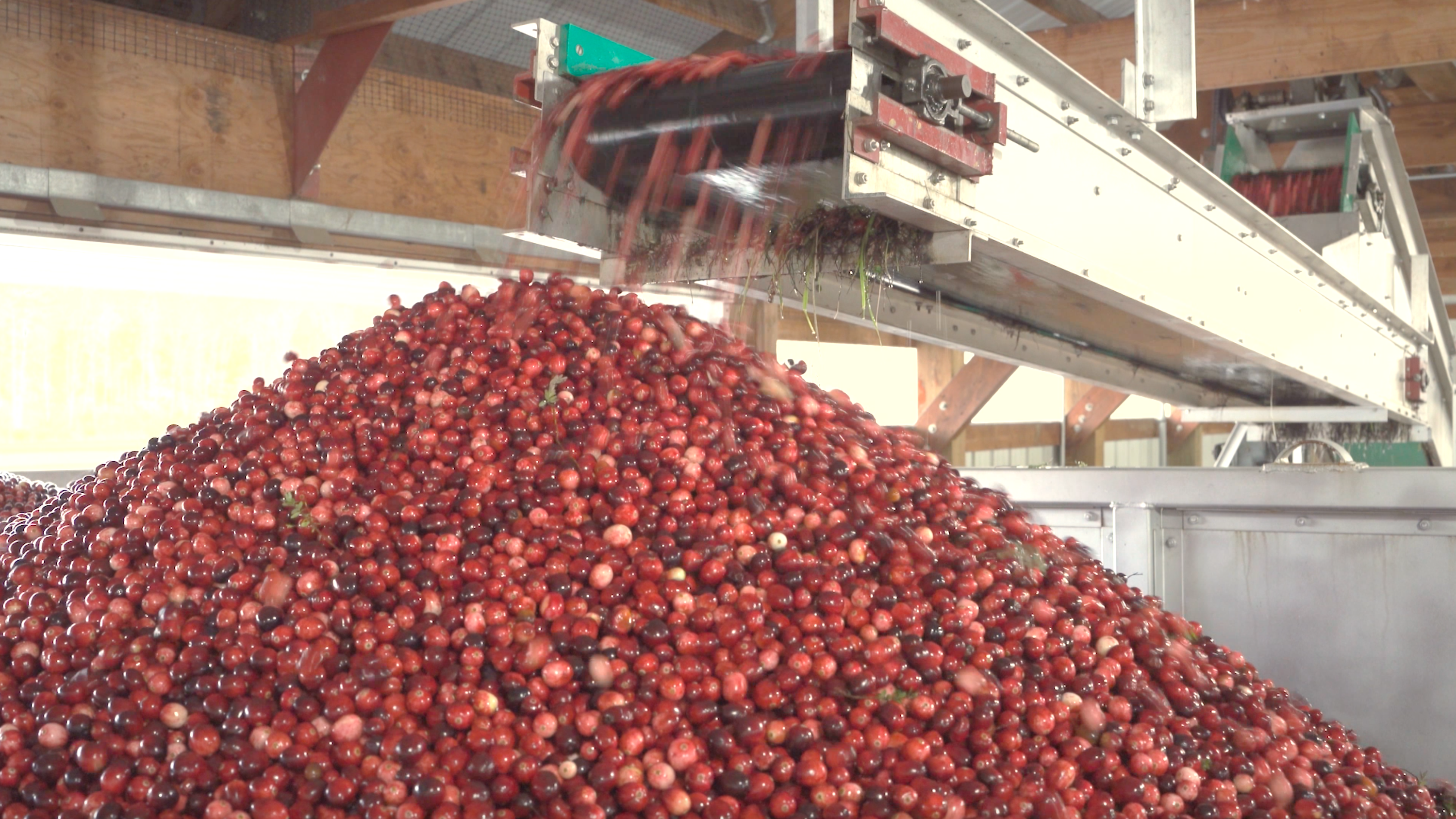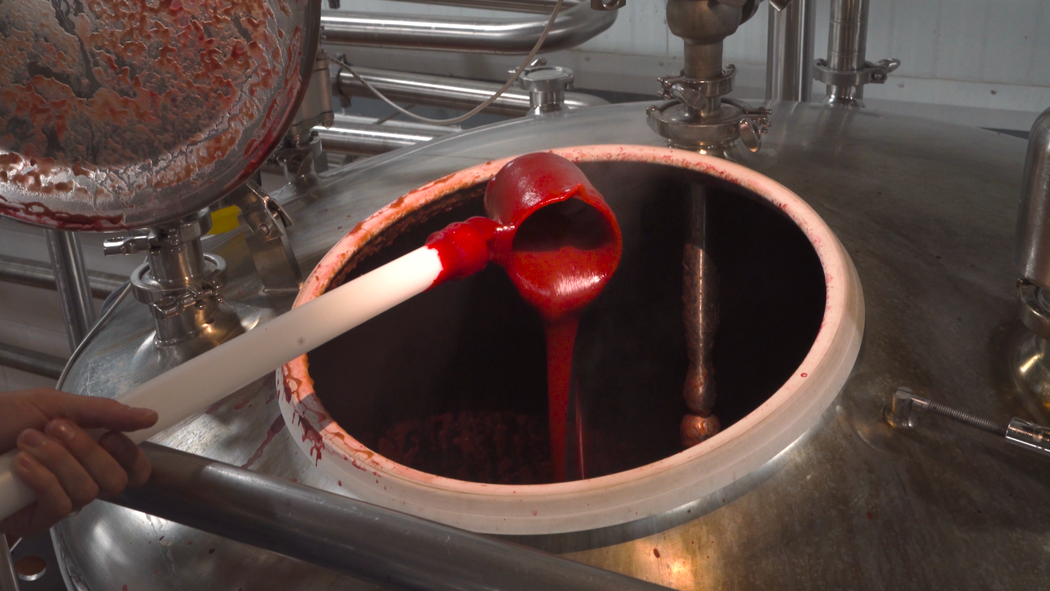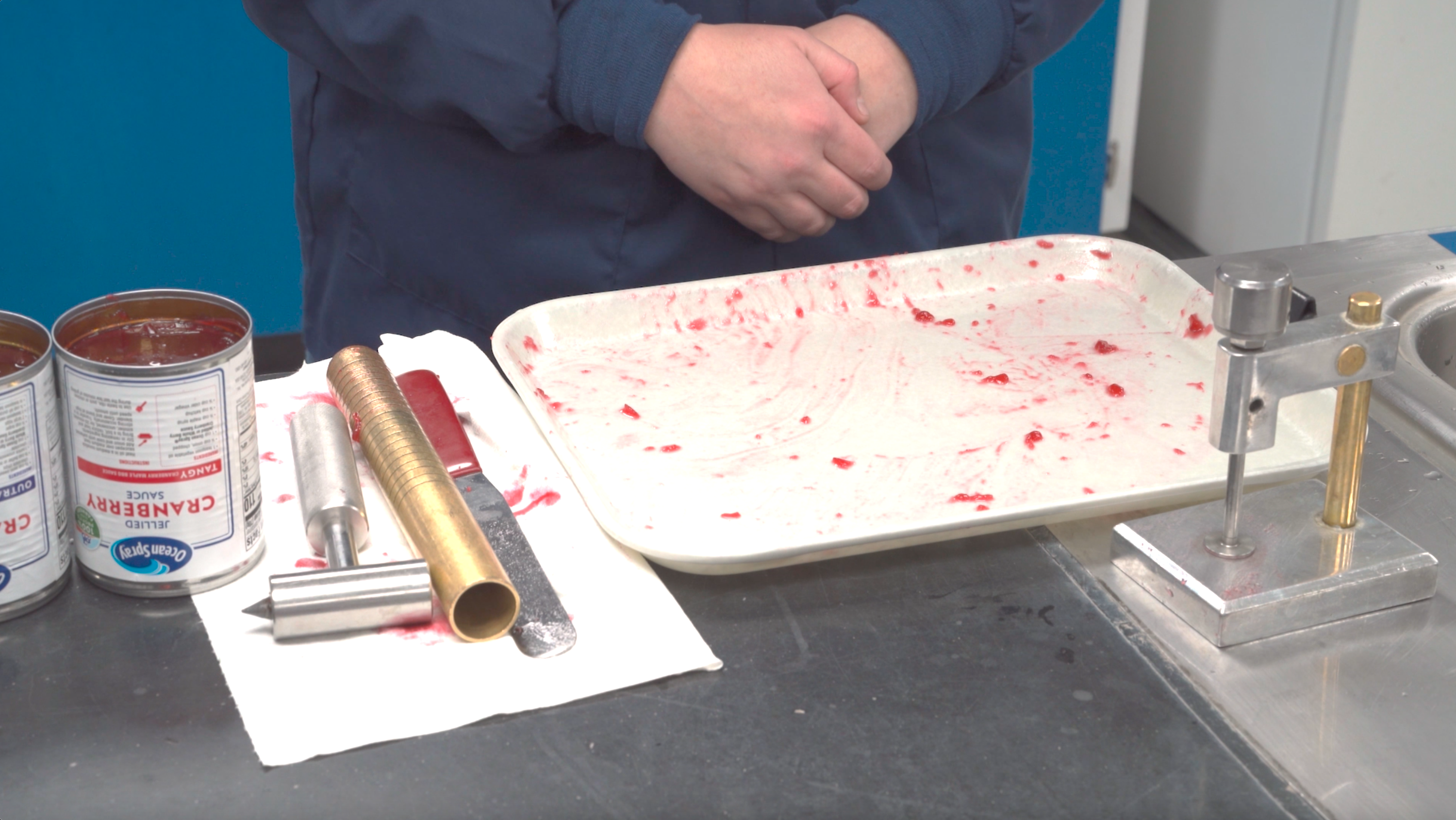Jellied cranberry sauce is arguably one of the easiest things to prepare on Thanksgiving. It slides onto the serving plate, retaining its cylindrical shape — and even some of the can grooves. Slice it along the rings and you have perfect circles of tart jelly to serve alongside traditional American fixings.
Jellied cranberry sauce is “that same product you count on year after year,” said Joan Driggs, a vice president at IRI, a marketing research company. And this year marks the 110th birthday for the sauce, which was invented in 1912 by Marcus Urann, a Massachusetts farmer.

Less than two decades later, in 1930, Mr. Urann would establish the Ocean Spray cooperative with two other cranberry farmers: John Makepeace, also of Massachusetts, and Elizabeth Lee of New Jersey. Their canned jellied sauce became available nationwide in 1941, and their cooperative has now grown to be owned by 700 family farmers.
Last year, Ocean Spray sold 75 million cans of jellied cranberry sauce, with the bulk of sales — 85 percent — occurring in the holiday season.
Some of that popularity can be attributed to younger millennials and members of Generation Z, who are taking over Thanksgiving plans from their older relatives, Ms. Driggs said. They’re also doubling or tripling up on the cans as they host other small Thanksgiving celebrations, like Friendsgivings, before the actual meal.

The price of the sauce is up about 21 percent compared to a year ago, but there are no supply chain concerns this year, Ms. Driggs said. In fact, she said, cranberry production has increased by about four percent as farmers across the country prepare a year ahead to harvest about 15 billion plump, red cranberries just for the canned jelly.
A Brilliant Red Harvest
About 1,100 farms grow cranberries in the United States, and this year, the crop is estimated to produce around 8.3 million barrels, or about 830 million pounds of cranberries, according to Karen Cahill, the marketing director of the Cranberry Marketing Committee.
Many farms, like the 300-acre Rezin Berries in Cranmoor, Wis., pictured above, are family-run. In operation for 76 years, the farm has sent berries to Ocean Spray for the last 50, now providing about a million pounds each year, a number that has grown throughout the farm’s history with the cooperative, said Lisa Rezin, an owner of the farm.
To grow an acre of cranberries, a farmer needs another five to seven acres of support land, Ms. Rezin said, just for the farm’s water reservoir system. Contrary to popular belief, the berries do not grow in water, but rather in a moist, well-drained environment. These cranberry beds, also called bogs, are flooded with water — about 18 to 30 inches — when the berries are ready to be harvested in September and October.
“It’s about knee-deep,” Ms. Rezin said. “It just depends on whose knees you’re measuring.”
When the bed is flooded, fully grown cranberries, which have four air pockets in them, naturally rise to the top. Farmers use hand rakes and tractors to detach the berries from their vines, while protecting the cranberry buds for next year’s harvest. The harvested berries are then corralled into yellow containment booms, the same type used to contain oil spills.
The ruby puddle of corralled berries gets smaller and smaller as it’s loaded onto a conveyor at the edge of the cranberry bed. The conveyor dumps the berries into a truck, and farmers loosen any stragglers off their vines before the truck heads to their cleaning facility.

At the cleaning facility, the berries move onto another conveyor. There, they’re rinsed with water that goes back into the farm’s reservoir system for use in the next cranberry bed, and whatever water is left over heads to other nearby farms.
Once clean, the berries are off to Ocean Spray’s receiving facility in Babcock, Wis., one of several across eight states where farmers drop off their cranberries. There, the cranberries are cleaned again and frozen until they’re ready to be processed.
Back at the farm in January, more water is added to the flooded beds to freeze the cranberry vines and protect the buds from harsh Wisconsin winters. Every few years, farmers will also throw about a half-inch layer of sand over the ice. As the ice melts during the spring, the sand settles around the vines, helping promote new growth and prevent fungi.
Canning Time at the Factory
Throughout the day, frozen cranberries are transported from the receiving facility to Ocean Spray’s production facility, pictured here in Kenosha, Wis., where they’re inspected with a laser, to make sure each one meets the company’s specifications for color and size.
The berries are sent through a machine that removes their skins and seeds, producing a smooth purée. A second purée is made with what the company calls presscake, other reserved skins and seeds from Ocean Spray’s other products, which contains the pectin that gives the sauce its gelatinous texture. Corn syrup is mixed in while making the purée. Once the mixtures are filtered and blended together, they’re sent off to be packaged in cans.

Empty cans move down a conveyor, where they’re inspected for defects and rinsed before they travel to the filler, the device that fills the can. There, the hot cranberry sauce is poured into the can, and a lid is added. Random cans are inspected to make sure that they’ve been filled to the proper height and that the sauce has the right texture. The sealed cans are then sent to a rotary can cooler to chill.
The cans are coded, labeled, packed into cases, shrink-wrapped and put into pallets for shipment.

Eagle-eyed consumers may note that the labels are upside down. That’s intentional: That positioning means the cans will be presented upside down on store shelves, making it easier for that cylinder of sauce to wriggle its way out of the can onto Thanksgiving platters, a long journey that ends with a satisfying plop.
Follow New York Times Cooking on Instagram, Facebook, YouTube, TikTok and Pinterest. Get regular updates from New York Times Cooking, with recipe suggestions, cooking tips and shopping advice.